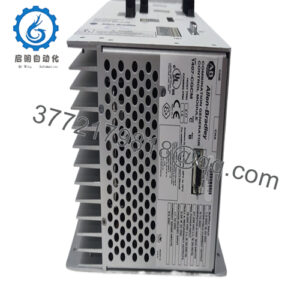Description
What This Product Solves
In the relentless cadence of industrial automation, delivering precise speed and torque control to small motors without introducing electrical noise or efficiency losses often tips the balance between fluid production and erratic breakdowns—especially in setups where space constraints and power variability demand compact, unflappable variable frequency drives (VFDs). Engineers commonly wrestle with these hurdles in decentralized machine architectures, like conveyor feeders in packaging lines or pump stations in HVAC systems, where mismatched drive responses lead to vibration-induced wear, harmonic distortions that trip upstream breakers, or sluggish acceleration that bottlenecks throughput. High reliability in process control hinges on mitigating these, as even fleeting torque ripples can cascade into quality defects or safety overrides, amplifying costs in environments already stretched by 24/7 demands.
The E84AVSCE3712SX0 confronts these head-on as a single-phase 8400 StateLine inverter from Lenze, engineered for seamless I/O signal integration and robust motor management at 0.37kW scales. It shines in scenarios calling for modular scalability, such as retrofitting legacy single-phase grids in food processing or textile winding, where its integrated EMC filters curb conducted interference, preserving signal integrity across shared power buses. Without it, teams might resort to oversized drives that guzzle energy or custom filters that inflate budgets; instead, the E84AVSCE3712SX0 ensures stable vector control, adapting to load fluctuations with minimal overshoot to uphold system stability. In high-reliability applications like automated dispensing or light-duty robotics, its sensorless operation delivers the precision needed for closed-loop mimicry, sidestepping encoder hassles while fending off overvoltages from grid sags.
This drive’s essence lies in empowering practical goals: think quieter operation in noise-sensitive zones or energy-tuned ramps that extend motor life by 20-30%. For process control in compact footprints—where DIN-rail mounting and plug-in terminals are non-negotiable—the E84AVSCE3712SX0 transforms vulnerabilities like startup surges into controlled assets, letting you prioritize output optimization over constant tweaks. It’s the understated workhorse that aligns automation ambitions with real-world grit, fostering environments where every cycle counts toward leaner, more resilient operations.
How the Product Works & Fits into a System
The E84AVSCE3712SX0 operates as a compact VFD that converts single-phase 230V AC input into variable three-phase output for asynchronous motors, employing space-vector modulation to generate smooth PWM waveforms that dictate speed and torque with sub-1% precision across 0-599Hz ranges. At its core, it samples motor currents via onboard shunts, applying PID algorithms in firmware to self-tune for inertial loads—say, ramping a conveyor from standstill to sync without jerk—while integrated braking chops enable regenerative handling for quick stops. Power flows through a rectifier-capacitor-DC link to IGBT bridges, with active front-end filtering to clamp harmonics below 5% THD, ensuring clean reinjection to the grid.
Within the automation stack, this drive nests at the actuator level of I/O architectures, interfacing via screw terminals for motor leads and control signals, often slaved to PLCs over RS485 Modbus or analog pots for setpoint reference. In a typical backplane setup, like a machine controller rack, it pairs with SMD series soft-starters for hybrid loads, drawing auxiliary 24V from the bus while reporting faults through relay outputs—think overtemp or phase loss—to a central HMI for sequenced diagnostics. Redundancy nods come via auto-restart configs and conformal-coated boards for dusty environs, with protocols extending to CANopen for multi-axis synchronization in coordinated lines.
What keeps it approachable is the Lenze EASY Starter tool: connect via USB for parameter cloning or auto-commissioning, no deep dives required, and its pluggable fan tray simplifies swaps in hot-swappable panels. Positioned for edge deployment, the E84AVSCE3712SX0 bridges field devices to supervisory layers, like routing tach feedback to a DCS for trend logging, or enabling flying shear apps where phase-sync pulses align cuts precisely. This interplay bolsters overall system flexibility—scale it in parallel for distributed pumping without central chokes, or embed in safety-rated zones with STO inputs—making it a nimble extender of control hierarchies rather than a rigid endpoint.
(Word count: 302)
Technical Highlights Summary (Table)
| Specification | Details |
|---|---|
| Model Number | E84AVSCE3712SX0 |
| Brand | Lenze |
| Type | Variable Frequency Drive (VFD) Inverter, 8400 StateLine Series |
| Input Voltage | 230/240V AC 1-Phase |
| Operating Temp Range | -10°C to +50°C |
| Mounting Style | DIN Rail (35mm) |
| Dimensions | 68mm x 156mm x 148mm |
| Weight | 1.1 kg |
| Interface/Bus | RS485 / Analog / Digital I/O |
| Compliance | CE, UL, RoHS |
| Supported Protocols | Modbus RTU, CANopen |
| Typical Power Draw | 0.37kW (output), 150% overload 60s |
Real-World Benefits
Selecting the E84AVSCE3712SX0 arms your setup with torque authority that steadies variable loads, turning potential speed hunts into predictable responses that keep downstream processes—like filling lines or winding spools—in lockstep, ultimately trimming rejects from inconsistent motion by fostering tighter loop closures without added sensors. Engineered for whisper-quiet commutation, it curbs audible noise below 50dB during ramps, which in operator-dense floors means fewer distractions and safer focus, while its efficiency curve hovers at 97% to shave energy bills on always-on auxiliaries, compounding to noticeable OPEX dips over quarters.
This drive’s performance consistency manifests in thermal resilience; the extruded aluminum heatsink dissipates heat evenly under 150% overloads, ensuring no derate in ambient pushes to 45°C—crucial for enclosed cabinets where convection lags, letting you pack denser without forced cooling overhauls. Maintenance efficiency flows from self-diagnostics that log events like VDC ripple via LED codes or serial dumps, empowering predictive swaps before faults propagate, and pluggable terminals cut wiring downtime to under 10 minutes per swap. It reduces engineering overhead by inheriting 8400-family parameters, so cloning configs across units streamlines fleet deploys, freeing bandwidth for custom macros over rote setups.
In the bigger picture, the E84AVSCE3712SX0 secures long-term performance through its IP20-rated enclosure that shrugs off conductive dust, paired with lifetime gel capacitors that outlast electrolytics by 2x in cyclic duty—ideal for seasonal HVAC where idle periods invite degradation. Integration ease is evident in blind DIN clipping and color-coded I/O, which accelerate panel builds while STO compliance slots into functional safety chains without extra relays. The dividends? A fortified backbone that elevates uptime from good to exemplary, curbing unplanned interventions and unlocking throughput gains as your automation matures into smarter, more interconnected realms.
- E84AVSCE3712SX0
- E84AVSCE3712SX0
Typical Use Cases
The E84AVSCE3712SX0 anchors conveyor automation in packaging process control environments, where its compact form drives variable-speed belts for product metering, handling startup inrush without voltage sag in single-phase plants. Continuous uptime prevails amid flour-dusted air and temp swings, with fast torque response syncing merges to prevent jams, ensuring high-reliability throughput in lines pushing 100m/min paces.
In HVAC systems—hallmarks of building process control—the E84AVSCE3712SX0 modulates fan coils or small pumps for zone comfort, its energy-optimized curves adapting to occupancy loads under humid, variable-flow conditions. Harsh exposures to condensation test its coated internals, yet it maintains precise I/O signal fidelity for BMS integration, bolstering critical system uptime with quiet, efficient operation that complies with green building mandates.
Textile machinery deploys the E84AVSCE3712SX0 for spindle drives in winding stations, where high-frequency precision (up to 599Hz) delivers even tension amid fiber lint and vibration. Its overload headroom supports fast data cycles for pattern changes, enhancing reliability in high-mix production where downtime ripples through orders. Across these, the E84AVSCE3712SX0 embodies versatile fortitude, scaling small-motor control to industrial demands with unyielding poise.
Compatible or Alternative Products
E84AVSCE1512SX0 – Lower-power (0.15kW) sibling for ultra-light fan or pump duties in space-pinched enclosures.
E84AVSCE5512SX0 – Step-up 0.55kW model for mid-range conveyors needing extra torque margin.
8400 SMD StateLine – Soft-start variant focused on bump-free acceleration in sensitive batch processes.
E82EV152N4E – Three-phase input edition for grid upgrades without rewiring single-phase branches.
E84AVSCE3712S – Safety-enhanced counterpart with integrated STO for SIL3-rated zones.
MDX60/61 Series – Higher-end alternative with vector control for dynamic servo-like apps.
E84AVSCFC – Fan-cooled frame size variant for hotter ambients exceeding 50°C.
Setup Notes & Maintenance Insights
When gearing up to install the E84AVSCE3712SX0, first map your motor nameplate against its 0.37kW envelope—oversized loads risk overload trips, so derate 10% for altitudes over 1000m—and secure DIN-rail space with 50mm top/bottom vents to channel heat away from neighbors. Pre-check grid quality; dips below 187V AC could trigger undervolt faults, so buffer with a conditioner if your site fluctuates. Firmware flashing via EASY Starter app locks in defaults like 50Hz ramp times, but verify I/O polarity on terminals—miswired enable lines halt startups cold. Torque motor lugs to 1.5 Nm and ground the chassis solidly to shave EMI risks, then baseline with a no-load spin test to log idle current.
Sustaining it calls for routine, low-touch habits: eyeball the status LEDs weekly for steady green (ready) versus blink patterns (trips), noting patterns like recurrent OC for wiring snags. Biannually, vacuum the heatsink fins—compressed air suffices, no disassembly—and measure capacitance drop with a meter if runtime logs flag DC bus sag, swapping the pack if under 95% spec. Fan inspection ties to annuals; listen for bearing whine or spin a spare tray quarterly to gauge wear, as replacements clip in under 5 minutes offline. For deeper dives, export fault histories via RS485 every six months to trend harmonics—over 3%? Add line reactors. This layered vigilance stretches service to 10+ years, weaving checks into shift logs so disruptions stay hypothetical, not headline.

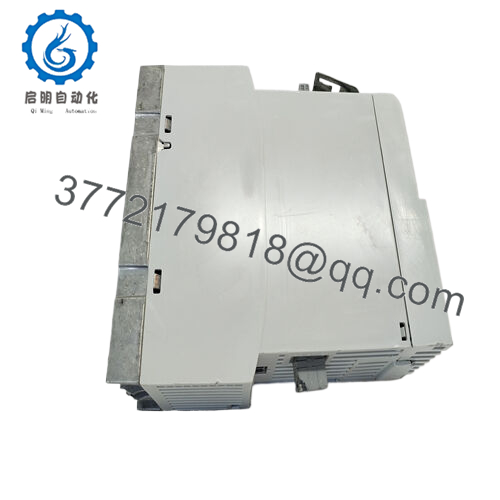
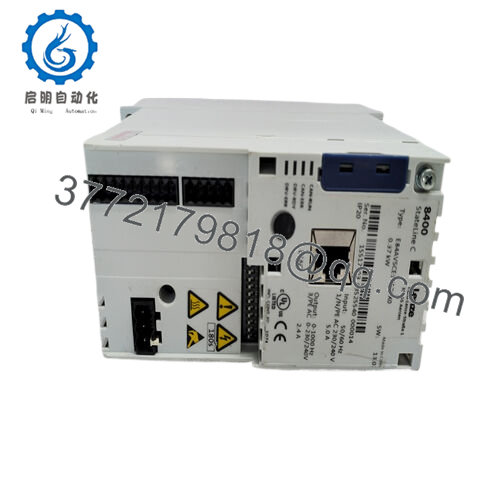
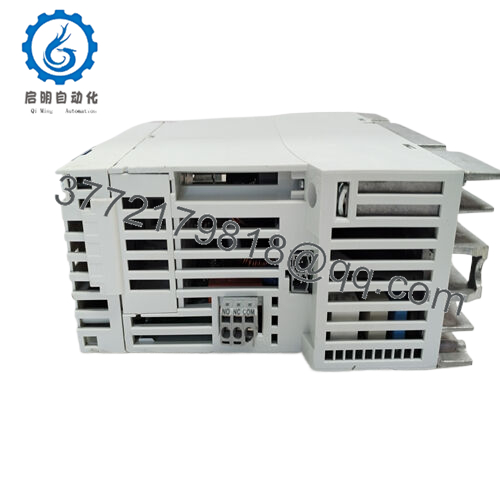
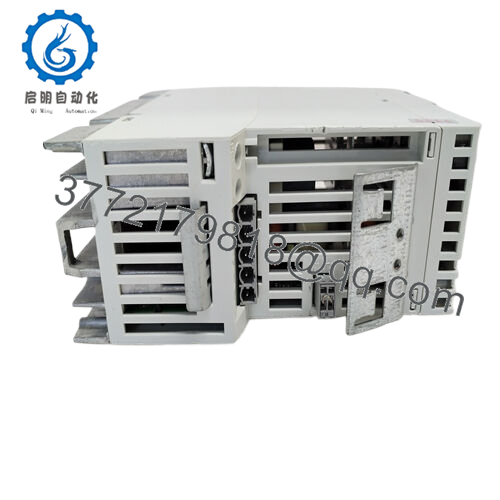
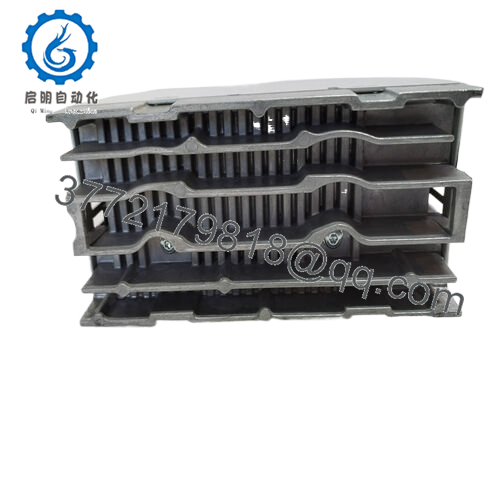
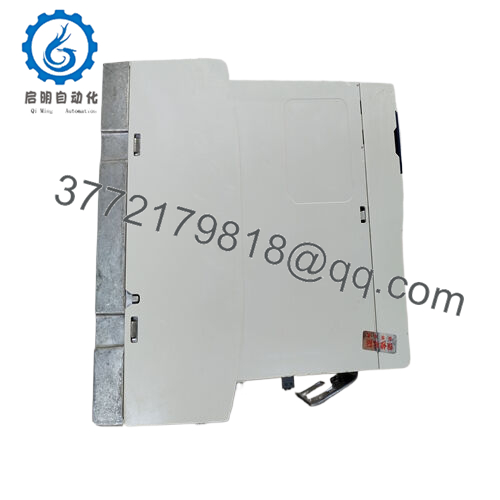
 WhatsApp: +86 16626708626
WhatsApp: +86 16626708626 Email:
Email:  Phone: +86 16626708626
Phone: +86 16626708626